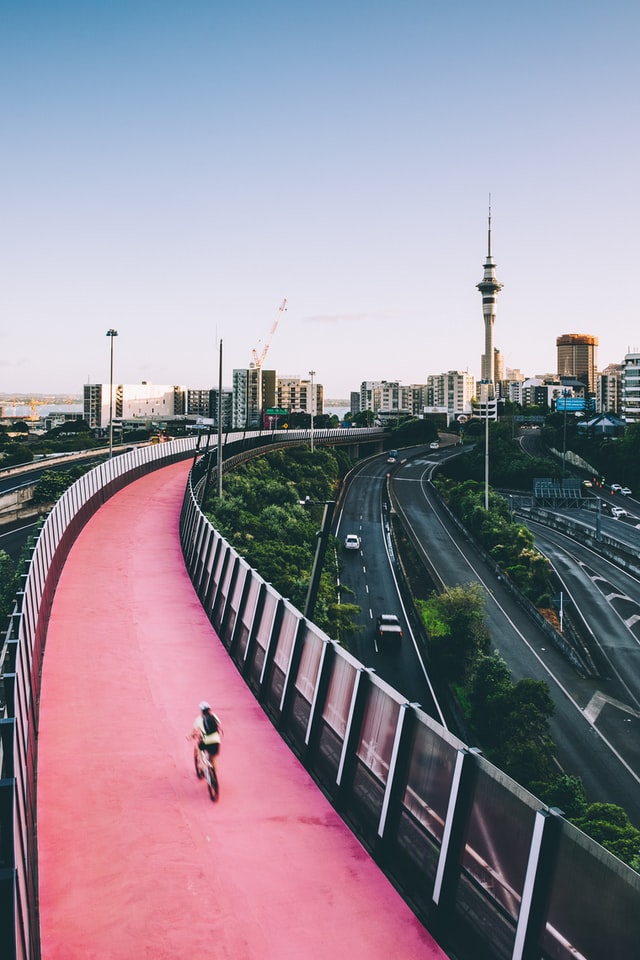Coronavirus could be helping to reverse New Zealand’s brain drain

New Zealanders are currently returning home at rates much faster than anticipated.
Between the outbreak of the Covid-19 virus and October the New Zealand government expected between 13,000 and 32,000 New Zealanders to return home—33,000 have already arrived, writes Duncan Grieve in The Spinoff.
Normal patterns of immigration have stopped as a result of the closing of the borders and returning New Zealanders have now become something of a “new migrant” category, says Andrea Black, policy director and economist for the Council of Trade Unions.
The country hasn’t previously seen a need to collect data on New Zealanders that move overseas and then return, something Black now believes “may change.”
New Zealand has spent decades worrying about its brain drain according to Grieve, seeking answers to the question: “why do our best and brightest keep leaving us?”
“In lay usage, [brain drain] … relates … to the migration of engineers, physicians, scientists, and other very high-skilled professionals with university training, often between developed countries,” explains Frédéric Docquier in his IZA World of Labor article.
What is now happening in New Zealand could be described as a talent shock, “a large group of returning New Zealanders, arriving in a compressed timespan, bringing a burst of international experience, capital and entrepreneurship to a country that has regularly lamented its stocks of all three,” writes Grieve.
Demographer Paul Spoonley, distinguished professor at Massey University and an IZA World of Labor author, says it is “quite staggering” to watch in motion, and to contemplate its impact.
In the year to June 2020, New Zealand recorded 79,400 in net migration (those arriving for good minus those permanently leaving)—an 8.7% increase over the previous year. For four months of that period the country’s borders were effectively closed to immigrants, and all who arrived had to undertake two weeks of mandatory isolation.
Spoonley explains that people’s return decisions are affected by push and pull factors. Push factors are based on “what’s happening where they live,” for example, poor management of Covid-19 and the resulting economic upheaval, and increasing hostility toward immigrants. Australia, where the majority of New Zealanders resident overseas live, has made life more difficult for non-citizens over recent years. It has also now entered a recession, which will make it harder for everyone to find employment.
Pull factors include family and other social networks, but also a social safety net that exists regardless of where citizens have been living.
“Perhaps the strongest driver, though,” writes Grieve, “is the perception that New Zealand has handled the pandemic well, and that (resurgences aside) it is possible to live and work in a much more ‘normal’ way here than in many other parts of the world.”
Find more IZA World of Labor coronavirus content on our curated topics pages: National responses to Covid-19 and Covid-19—Pandemics and the labor market.